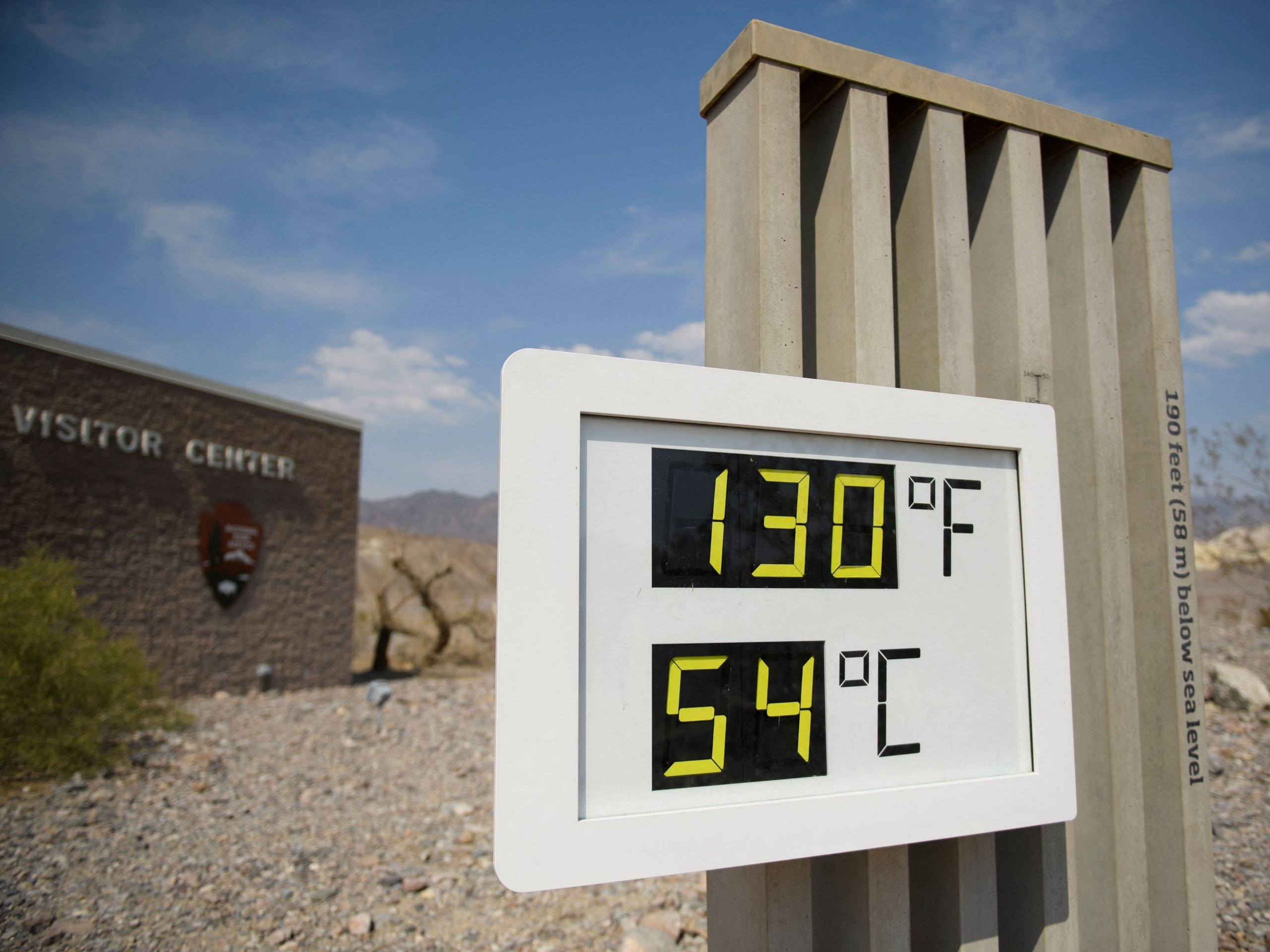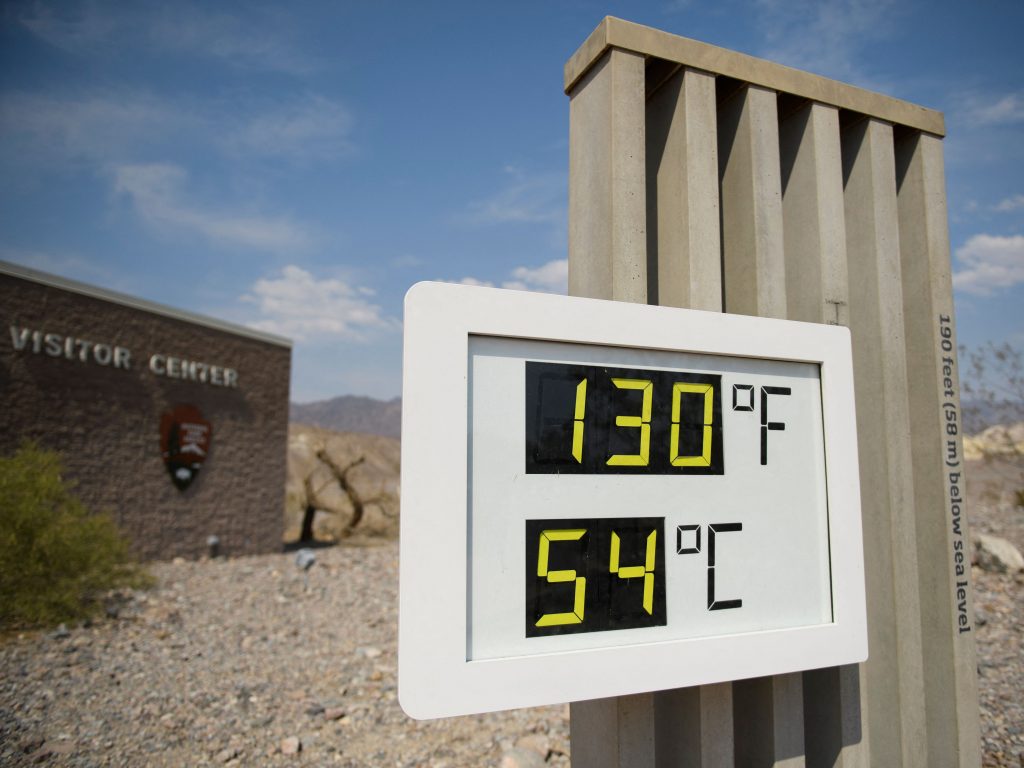
Patrick T. Fallon/Getty Images
- California is bone-dry after a heat-wave hit the state, with water levels dipping to all-time lows.
- Experts say climate change is responsible for what may become the worst drought the US has seen in 1,200 years.
- In the meantime, the West and South West continues to sizzle – and summer has yet to hit its peak.
- Visit Insider's homepage for more stories.
Residents on the West Coast are in for a miserable, sizzling summer filled with prolonged drought and record-breaking temperatures, say experts.
A scientist the Guardian spoke to even warned that the US could experience one of the worst droughts in its modern history.
"This current drought is potentially on track to become the worst that we've seen in at least 1,200 years. And the reason is linked directly to human-caused climate change," Kathleen Johnson, associate professor of Earth system science at the University of California in Irvine, told the Guardian.
The projection came just as California's rivers and reservoirs dried up and the state recorded historically low water levels.
In particular, if water levels in Lake Oroville, California's second-largest reservoir, continue to dwindle, it could have devastating impacts on the state's power supply. This is because the lake generates energy by flowing through the Edward Hyatt Power Plant. Low water levels may force this power plant to close, leaving around 800,000 homes without energy when wildfire season swings around, per CNN.
The heatwave hitting California prompted Gov. Gavin Newsom to declare a statewide emergency last week. Newsom called on the state's residents to conserve energy, saying that the heat "has and will continue to put significant demand and strain on California's energy grid."
Energy troubles amid the heatwave are also hitting Texas. The Electric Reliability Council of Texas said many power plants in the state went offline last week, just months after a major outage left Texans without heat during in the middle of winter.
The Washington Post reported on June 18 that more than 40 million Americans saw triple-digit temperatures where they live in the prior week. Temperature records were also broken in Salt Lake City last Tuesday when the weather services measured a high of 107 degrees, smashing the area's 147-year record for temperatures in June.
What makes the US's weather troubles worse is that summer hasn't even peaked.
According to the National Centers for Environmental Information's archive of temperatures across the US from 1981 to 2010, the amount of sun's rays reaching Earth tends to peak on the summer solstice on June 21. However, the US tends to see warm temperatures increasing into July. The National Oceanic and Atmospheric Administration said the summer of 2020 was one of the hottest ever seen in the US, with August, in particular, being especially "dry and destructive."
